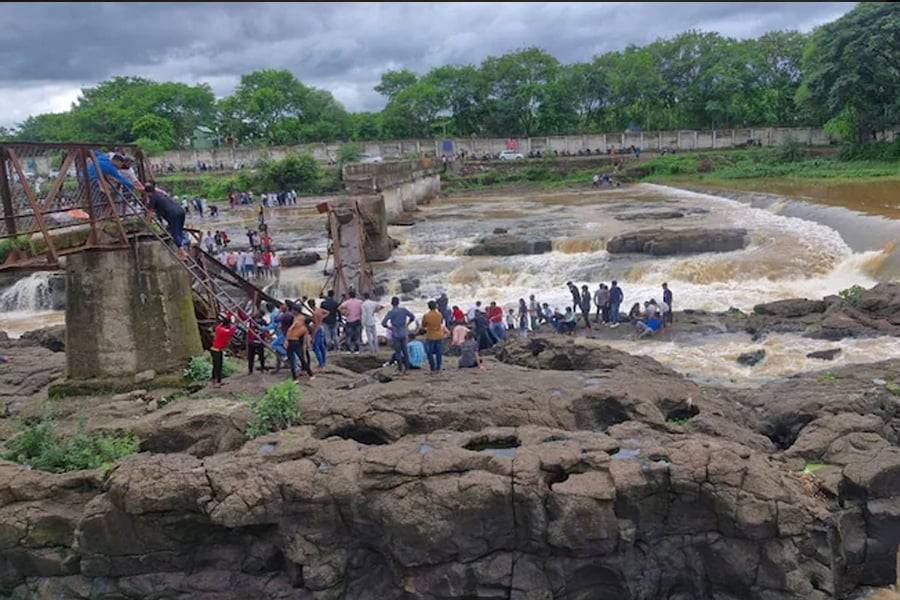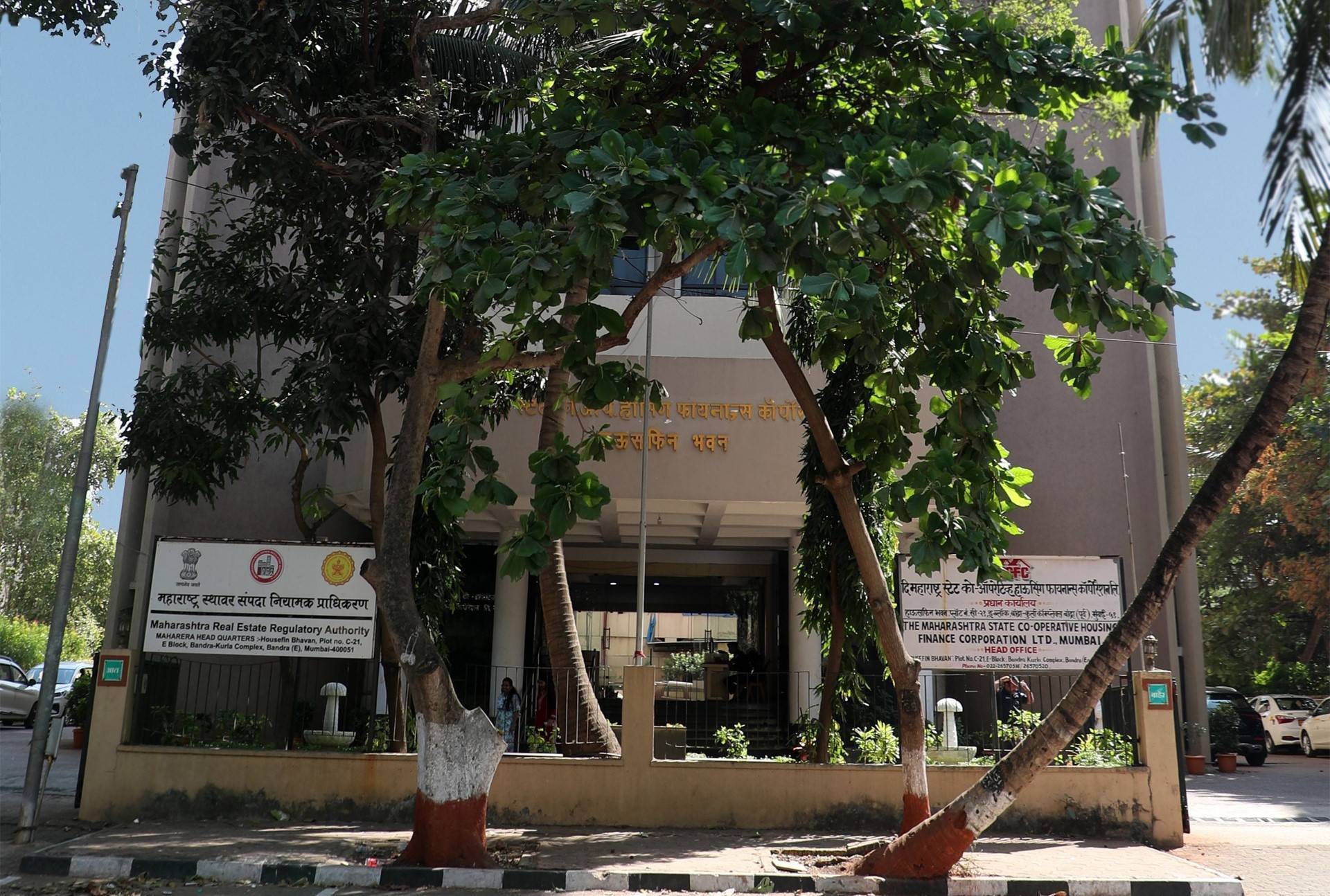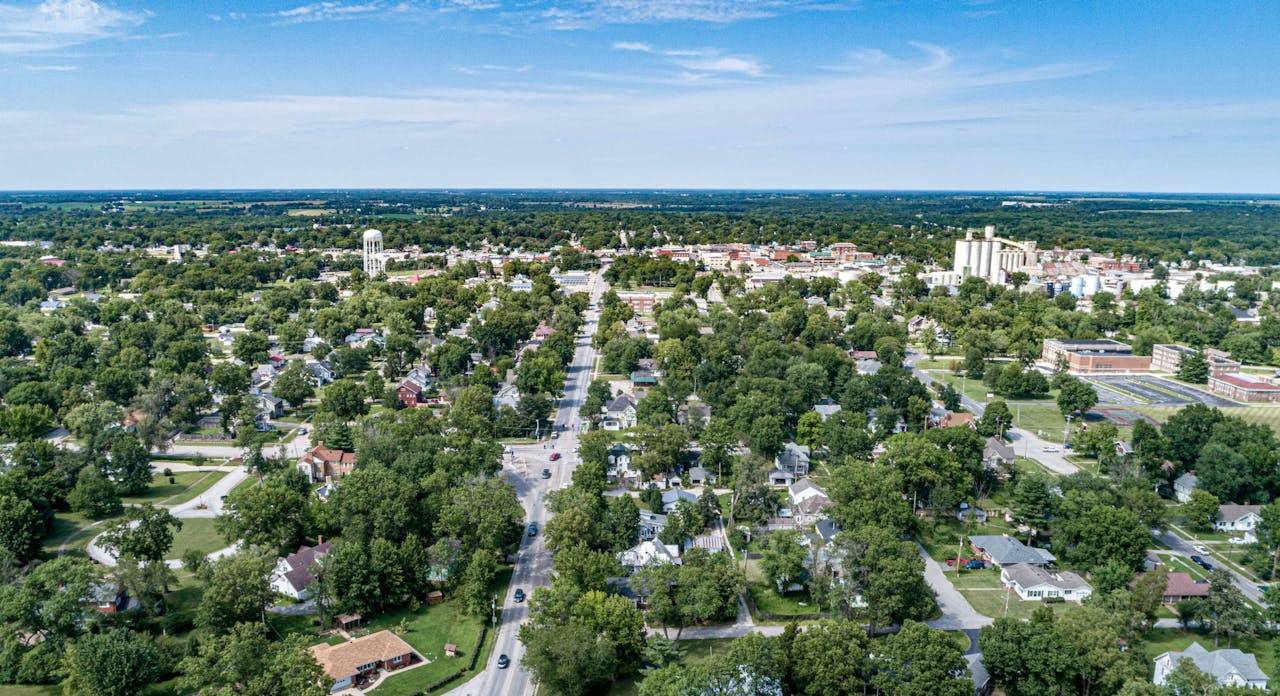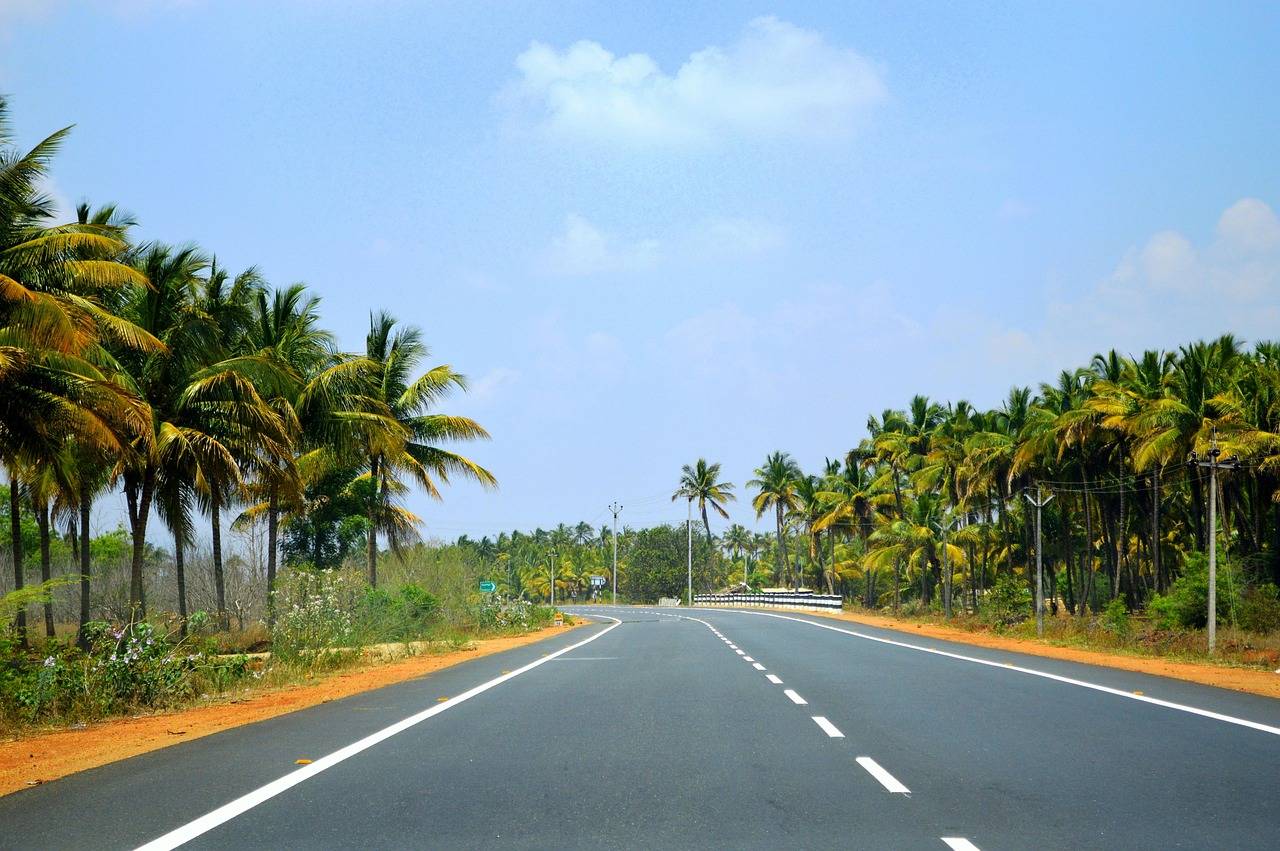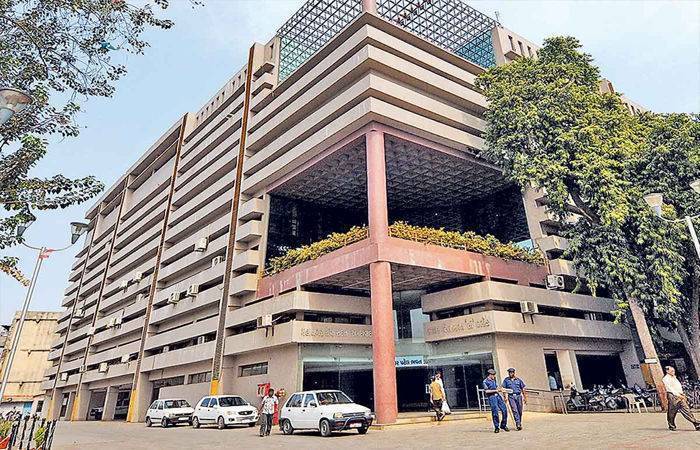A pedestrian bridge over the Indrayani River near Talegaon Dabhade in Pune district collapsed on Sunday afternoon, leaving four people dead, 51 injured, and one missing. The incident, which occurred at Bhegdewadi near Kundmala, has exposed severe administrative lapses and decades-long neglect, despite repeated warnings from locals and officials.
The 30-year-old bridge, spanning 470 feet with a narrow four-foot-wide deck, gave way under the weight of over 100 pedestrians and several two-wheelers. Survivors reported that the bridge began to shake before abruptly collapsing, throwing dozens into the swollen river below. "The bridge was so crowded that there was no room to move... suddenly it began shaking and then collapsed," recalled Umakant Dalvi, a survivor.
The structure consisted of a stone approach, two rusted iron spans of around 100 feet each, and a central 200-foot concrete slab. Originally built for light pedestrian use, it had far exceeded its intended lifespan and capacity.
Rescue operations, led by the National Disaster Response Force (NDRF) alongside local police, fire services, and volunteers, began within minutes and continued into Monday morning. Cranes were deployed to lift debris, while divers searched the river for trapped victims.
Among the deceased were Chandrakant Sathle, Rohit Mane, and Vihan Mane. Eight of the 51 injured were discharged by Monday, while eight others remain in critical condition. One person is still unaccounted for. The Pune district administration has announced ₹5 lakh compensation for each deceased victim’s family.
Ignored Warnings and Unused Repair Funds
Residents had raised concerns about the bridge’s deteriorating condition as early as 2017. Former MLA Digambardada Bhegde wrote to the Public Works Department (PWD) and the state government requesting the bridge’s replacement, warning it posed a threat to children, farmers, and workers. Letters were again sent in 2022 demanding a structural audit and crowd-control measures on weekends.
Though ₹80,000 was sanctioned for repairs in 2023 by BJP MLA Ravindra Chavan, who is now a state minister, no repair work was carried out. Temporary cement blocks were placed to cover damaged portions, which turned dangerously slippery during monsoons.
Lack of Crowd Control and Policing
Despite being a high-footfall area during weekends and religious visits, crowd management was virtually non-existent. Although a signboard warning about capacity was in place, there were no barricades, guards, or regulated access.
On the day of the incident, police briefly responded to a local resident’s warning about overcrowding but left shortly after dispersing the crowd. The people quickly returned, and minutes later, the bridge collapsed. Only one constable was typically deployed on Saturdays, with no fixed deployment on Sundays.
Aging Infrastructure and Authority Inaction
PWD officials have admitted the bridge had outlived its structural lifespan and was deemed unfit, but it remained open to the public. ₹8 crore had been sanctioned for a new bridge, with construction to begin post-monsoon. However, no steps were taken to restrict access to the old bridge in the interim.
Minister of Disaster Management Girish Mahajan confirmed that the tragedy was the result of crowd overload and inaction. “The crowd was well beyond capacity. There were warnings, but they were ignored,” he said during a Monday briefing.
District Collector Jitendra Dudi has formed a five-member inquiry committee to review the cause of the collapse, assess the non-utilization of repair funds, and identify administrative lapses. Chief Minister Devendra Fadnavis, along with Deputy Chief Ministers Ajit Pawar and Eknath Shinde, visited the site and announced a statewide audit of similar bridges and pedestrian structures.
Experts have highlighted that this tragedy is not isolated. In many parts of Maharashtra, especially rural and semi-urban areas, aging pedestrian bridges are still operational without routine structural audits or reinforcements. With rising population density and religious tourism, such outdated infrastructure is increasingly vulnerable to failure.
The Talegaon bridge tragedy is being viewed as a systemic failure. Civic groups and local activists have pointed to years of administrative apathy, poor crowd regulation, and failure to act on formal warnings. “This wasn’t just a failure of a bridge — it was a failure of every system meant to prevent such a disaster,” said a Talegaon-based activist.
Unless robust policies mandate regular audits, enforce crowd control, and ensure proper fund utilization, such incidents may continue to recur. While the bridge is now closed, the questions it raises about governance, infrastructure safety, and accountability remain unanswered.
We will continue to monitor developments and publish the findings of the inquiry committee once the official report is released.

